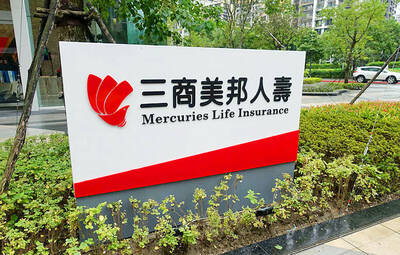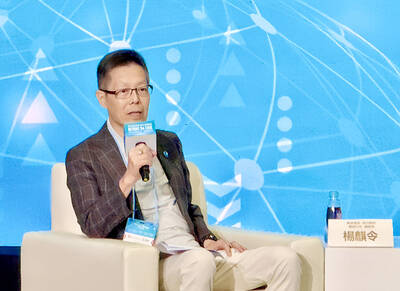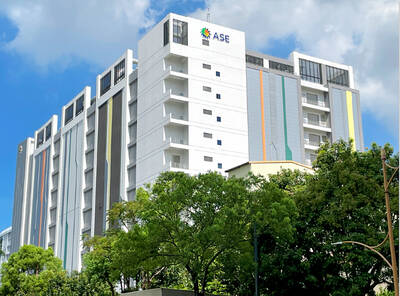Arcam AB chief executive officer Magnus Rene says the Swedish maker of 3D printers might soon have trouble keeping up with orders as airplane and engine makers start using the technology to make parts.
With General Electric Co, Pratt & Whitney Holdings LLC and Rolls Royce Holdings PLC as customers, Arcam is preparing for growth unforeseen when the Molndal, Sweden-based company was focused on the 3D printing of medical implants, like knee joints.
“Two or three years ago, the question was whether the aerospace industry would start producing in this way,” Rene said in a telephone interview.
“Now it’s just a question of when,” he said.
As the industry now races to use 3D printing in order to make aircraft components lighter, GE Aviation has said it expects to print more than 100,000 parts for its jet engines by 2020. The US engine maker is to use Arcam machines for production of light-weight turbine blades by 2018 at the very latest, Rene said.
The global market for 3D printing, also known as additive manufacturing, grew to more than US$4.1 billion last year, from US$3 billion in 2013, according to a report from consultant Wohlers Associates.
Less than half of the market is for commercial production of parts, with most printers still being used to make prototypes.
A shift is now on to move to live production, according to Olaf Diegel, a professor of product development at the Lund University in Sweden and a consultant with Wohlers.
GE’s publicly stated intentions have made other companies in the aerospace industry step up their own efforts.
“They are leading the way,” Diegel said in an interview.
“That’s pushing the rest of the industry,” he said.
“We are aggressively exploring opportunities for using additive manufacturing to produce several different jet engine components when the technology provides a clear benefit,” GE Aviation head of additive manufacturing Greg Morris said by e-mail.
Some of GE’s competitors have decided to start production using Arcam machines, according to Rene, who declined to name them.
3D printers build an object by thinly layering materials such as plastic powder, metal or liquid resin, following instructions from a computer-drawn blueprint.
Arcam’s two-decade-old system uses an electron beam to melt metal powder into firm objects.
The Swedish company says the method offers a faster manufacturing process than competing laser-based technologies, which are better suited for certain complex, smaller parts.
“There are some things lasers do well, some things we do well and some things that can be done with either technology,” Rene said.
Within the implant and aircraft parts markets, Arcam competes with the trio of German laser-based printing machine makers, EOS GmbH, Concept Laser GMBH and SLM Solutions GmbH.
According to the chief executive officer, aerospace offers far bigger growth potential than the market for 3D-printed orthopedic implants, which Arcam currently dominates.
“The aerospace industry is some 50 to 100 times larger than the implants industry,” Rene said. “Many components are unlikely to be made in 3D printers because they’re too large, but it’s still at least 10 times the size.”
The biggest challenge is to convince manufacturers that it is worth switching to additive manufacturing despite higher costs for materials, Diegel said.
Metal powders for 3D printing, like those made by Arcam’s AP&C subsidiary in Canada or by Sweden’s Hoganas, are still “10 to 100 times more expensive” than materials for conventional manufacturing.
Nevertheless, he said, the shift is gaining momentum.
“We’re at that tipping point now,” Diegel said.
“Within the next five years, we’ll see it blast off like crazy and be adopted not just in aeronautics, but in other industries as well,” he said.
Arcam delivered about 50 3D printing systems in the past year and though the company has doubled production capacity at its plant in Molndal, Rene expects periods when demand for its machines is likely to outstrip manufacturing capacity.
“In terms of floor space, we could probably make about 150 systems per year in Sweden,” Rene said.
“That would require more assemblers, electricians and service engineers. We’re building that capacity,” he said.

AI BOOST: Although Taiwan’s reliance on Chinese rare earth elements is limited, it could face indirect impacts from supply issues and price volatility, an economist said DBS Bank Ltd (星展銀行) has sharply raised its forecast for Taiwan’s economic growth this year to 5.6 percent, citing stronger-than-expected exports and investment linked to artificial intelligence (AI), as it said that the current momentum could peak soon. The acceleration of the global AI race has fueled a surge in Taiwan’s AI-related capital spending and exports of information and communications technology (ICT) products, which have been key drivers of growth this year. “We have revised our GDP forecast for Taiwan upward to 5.6 percent from 4 percent, an upgrade that mainly reflects stronger-than-expected AI-related exports and investment in the third

Mercuries Life Insurance Co (三商美邦人壽) shares surged to a seven-month high this week after local media reported that E.Sun Financial Holding Co (玉山金控) had outbid CTBC Financial Holding Co (中信金控) in the financially strained insurer’s ongoing sale process. Shares of the mid-sized life insurer climbed 5.8 percent this week to NT$6.72, extending a nearly 18 percent rally over the past month, as investors bet on the likelihood of an impending takeover. The final round of bidding closed on Thursday, marking a critical step in the 32-year-old insurer’s search for a buyer after years of struggling to meet capital adequacy requirements. Local media reports

TECHNOLOGICAL RIVALRY: The artificial intelligence chip competition among multiple players would likely intensify over the next two years, a Quanta official said Quanta Computer Inc (廣達), which makes servers and laptops on a contract basis, yesterday said its shipments of artificial intelligence (AI) servers powered by Nvidia Corp’s GB300 chips have increased steadily since last month, should surpass those of the GB200 models this quarter. The production of GB300 servers has gone much more smoothly than that of the GB200, with shipments projected to increase sharply next month, Quanta executive vice president Mike Yang (楊麒令) said on the sidelines of a technology forum in Taipei. While orders for GB200 servers gradually decrease, the production transition between the two server models has been

ASE Technology Holding Co (日月光投控), the world’s largest integrated circuit (IC) packaging and testing supplier, yesterday announced a strategic collaboration with Analog Devices Inc (ADI), coupled with the signing of a binding memorandum of understanding. Under the agreement, ASE intends to purchase 100 percent shares of Analog Devices Sdn Bhd and acquire its manufacturing facility in Penang, Malaysia, a press release showed. The ADI Penang facility is located in the prime industrial hub of Bayan Lepas, with an area of over 680,000 square feet, it said. In addition, the two sides intend to enter into a long-term supply agreement for ASE to